One of their cameras has famously been to the moon and the other is responsible for capturing some of the most iconic images of the 20th Century.
Leica and Hasselblad are among the most storied names in photography. They have long, historic legacies, and both are still producing amazing — and amazingly expensive — cameras.
When comparing Leica vs Hasselblad, Leica has a more complete, varied lineup of cameras, while Hasselblad focuses on medium format bodies.
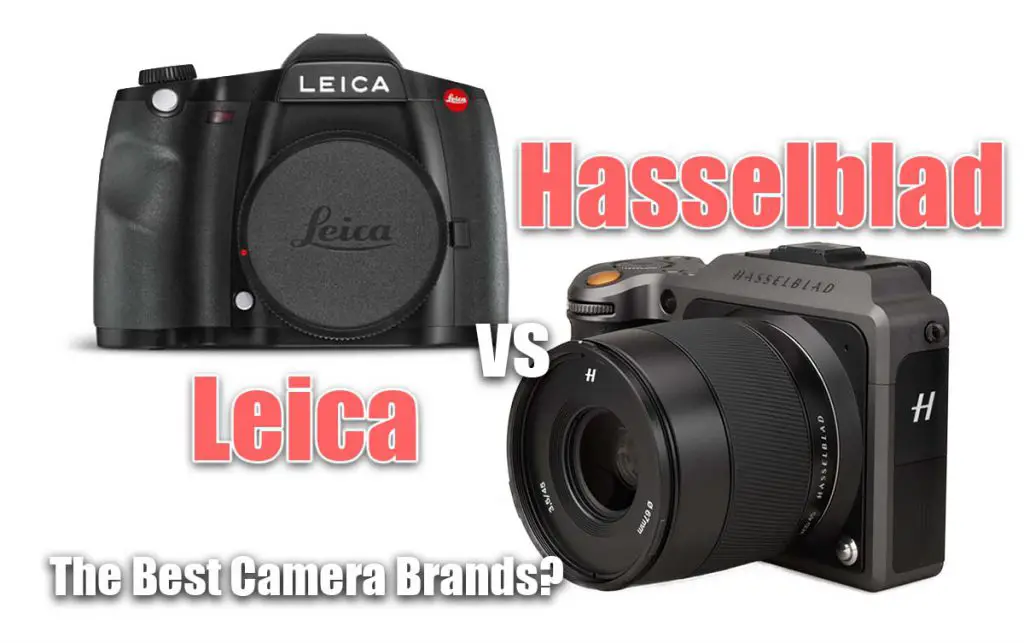
What is Leica?
Originally founded as Leitz Camera — Leica was originally just a trademark, combining the two words — Leica started making optical products but in the early 20th Century pioneered the 35mm film camera.
Leica Camera History
Oskar Barnack made the first Leica cameras using 35mm film around 1913. He used movie film, but ran the sprockets horizontally across the camera instead of vertically like a movie camera.
From there, the first commercial Leica 35mm camera appeared in 1925 and by 1932 rangefinder focusing, with which the brand would become inextricably linked, was introduced.
In 1954, Leica introduced the M camera series and lens mount, which is still being produced today.
Leica Cameras Today
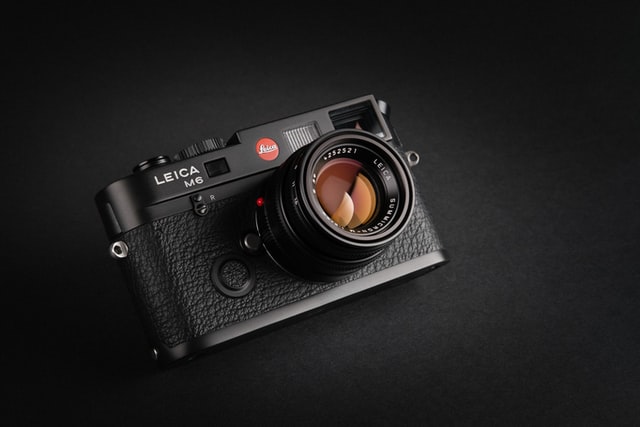
The M camera continues today, and in January 2022, the company announced the Leica M11, which has a 60.3 megapixel full frame sensor. The manual focus only, stills only camera can use nearly any M mount lens.
The Leica M10 Monochrom takes that a bit further, with a 40 megapixel black-and-white sensor.
In addition to the classics, the company has a range of other digital cameras from the 20 megapixel, 1-inch sensor Leica V-Lux 5, with a 25-400 f2.8-4 zoom lens, to the Leica Q2, which mates a 47.3 megapixel full frame sensor to a 28mm f1.7 lens.
The Leica TL2 and the Leica CL both use a 24.2 megapixel APS-C sensor and use the interbrand L mount standard. Two other cameras in the lineup, the Leica SL2-S and and the Leica SL2, use full frame sensors, with the SL2-S having 24.6 megapixels and the SL2 with 47.3 megapixels.
The highest resolution camera Leica currently offers is also the one with the largest sensor, the Leica S3 Medium Format DSLR. It packs a 64 megapixel sensor that’s much bigger than full frame, coming in at 45mm wide and 30mm tall.
What is Hasselblad?
Hasselblad has a long history, as well, with roots stretching back to the beginning of photography. It wasn’t until the 1940s that the company produced its first commercial camera, however.
Hasselblad History
In 1957, Hasselblad launched the 500C, which would continue in production for more than 50 years.
The camera was the result of a series of refinements over nearly a decade. It used a lens-based leaf shutter that was more durable and reliable than the focal plane shutters the company had been using.
A 500C was modified by NASA for the Apollo space flights and those cameras took some of the most iconic pictures of the Earth from space.
Hasselblad Cameras Today
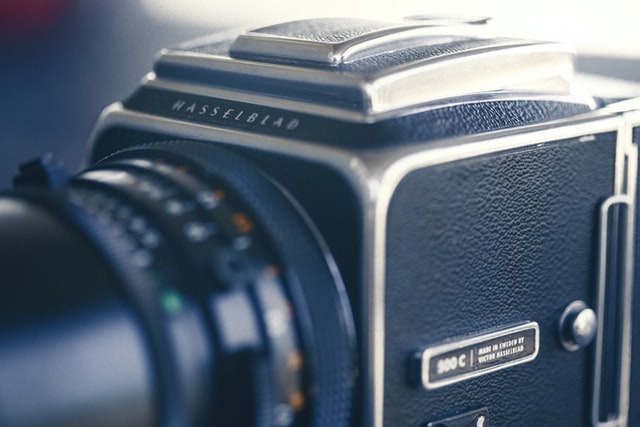
The company still focuses on medium format photography today. That heritage shows in the modular design of the H6 camera, which accepts both film and digital backs.
The highest resolution offering is the Hasselblad H6D-100c Medium Format DSLR Camera with a 100 megapixel sensor that’s 53.4 x 40 mm.
Hasselblad also pioneered the medium format mirrorless market with the Hasselblad X1D II 50C Medium Format Mirrorless Camera, which uses a 50 megapixel 43.8 x 32.9 mm sensor.
What is the Difference Between Hasselblad vs Leica?
The two companies have a lot in common, especially when it comes to being pioneers in photography. Until very recently, however, they focused on different areas of the market.
Leica cameras used 35mm film while Hasselblads shot medium format.
Now both have a lot in common again. Both make high-end digital cameras, including medium format offerings.
Leica offers a far more complete and varied lineup of cameras, with Hasselblad’s focus now only on medium format.
Leica vs Hasselblad Pros and Cons
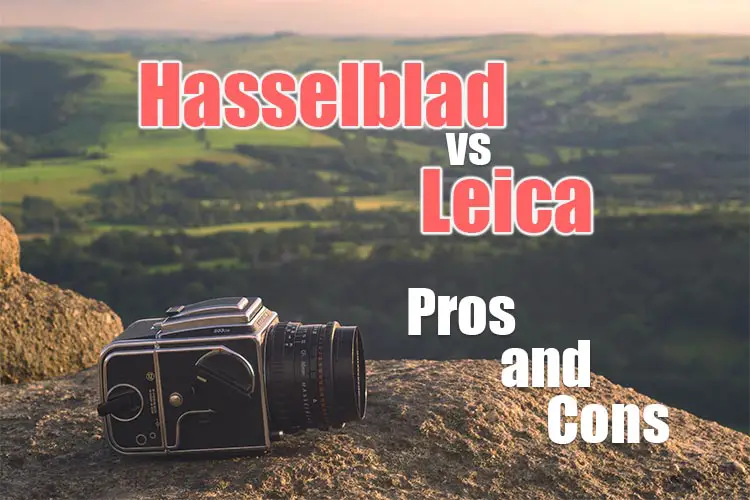
Each of the brands has a tremendous amount to offer, with the choice mostly being up to preference.
Leica Pros
- Complete lineup of cameras and lenses
- Multiple price points for cameras
Leica Cons
- Even compact cameras cost more than $1,000
Hasselblad Pros
- Amazing quality
- One of few medium format digital offerings
Hasselblad Cons
- Models range from very to extremely expensive
Hasselblad X1D II 50C vs Leica S3 Comparison
Let’s take a look at the differences between Leica and Hasselblad in practice, by comparing two of their most recent cameras.
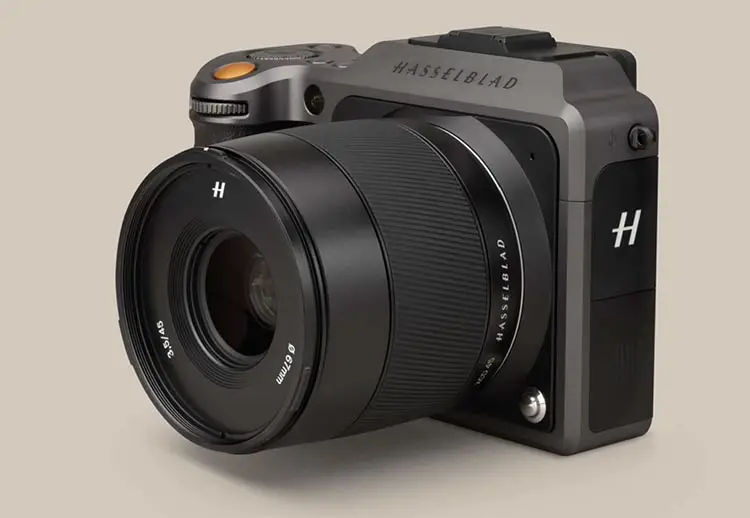
(Image Credit: Hasselblad)
The Hasselblad X1D II 50C is the second generation of the Hasselblad X series of cameras, and continued the brand’s foray into mirrorless digital.
With a 50 megapixel sensor and 11 native lenses offered from Hasselblad, the goal was to mix the image quality of medium format digital with the portability of a mirrorless camera.
Despite its mirrorless pedigree, it was missing a feature nearly every other mirrorless camera, regardless of sensor size, has — video recording. That was added with a firmware update.
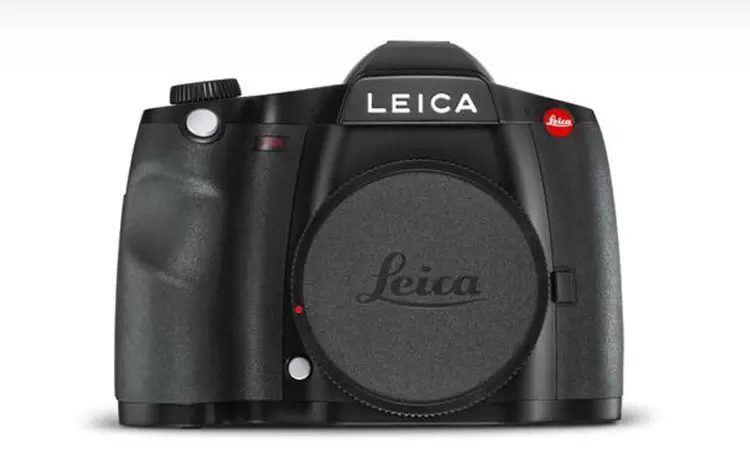
(Image Credit: Leica)
The Leica S3 is the top-of-the-line offering from the legendary company and has a 64 megapixel sensor. Photographers can pick from 16 native lenses from Leica.
Six of those lenses use a central leaf shutter.
The S3 is one of a very few medium format DSLRs and has a distinctive body shape. It can capture 4K video in addition to stills.
Hasselblad X1D II 50C vs Leica S3 Key Differences
| X1D II 50 C | S3 | |
| Resolution | 50 megapixels | 64 megapixels |
|---|---|---|
| Sensor size | 43.8 x 32.9 mm | 45 x 40 mm |
| Shooting speed | 2.7 fps | 3 fps |
| Dimensions | 5.83 x 3.82 x 2.76″ / 148 x 97 x 70 mm | 6.3 x 3.15 x 4.72″ / 160 x 80 x 120 mm |
| Weight | 1.69 lb / 766 g | 2.77 lb / 1260 g |
| ISO range | 100 to 25600 | 100 to 50000 |
| Max video resolution | 2.7K 30p | 4K 30p |
| MSRP | $5,750 | $19,995 |
Hasselblad X1D II 50C vs Leica S3: Which is Better?
Both cameras offer the two biggest benefits of medium format digital: massive resolution and larger photosite size.
The former means photographers can print truly massive images. The latter gives images a particular medium format look.
Both offer good portability for medium format and a range of high quality lenses.
The decision between the two comes down to which you can afford and which lenses appeal to you more.
Read More:
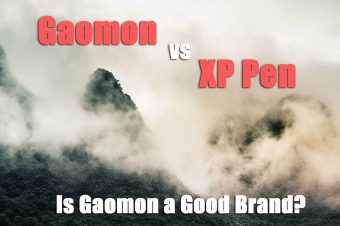
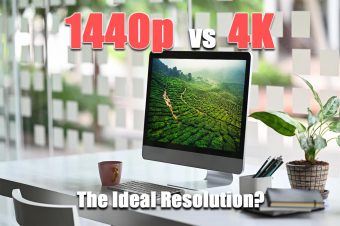

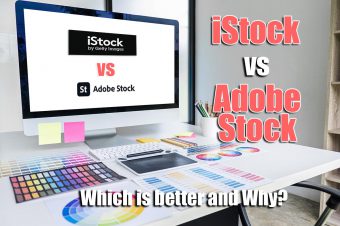
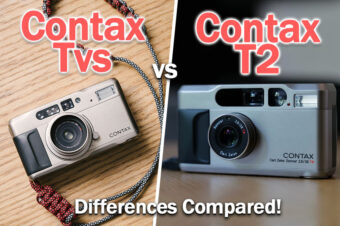
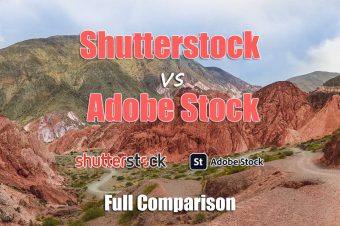
6 Responses
Reza
difficult decision to make, considering sensor size of course Leica but the price of more than 3 times more as well as weight makes me go toward Hassy.
Tim Daniels
I think Hasselblad ultimately offers better image quality, but Leica’s just look better!
jeff
Hello
I enjoyed the read because you did a good job, thanks for all the great info.. it helps a novice a lot
Tim Daniels
Thanks!
Simon Leung
For me, the choice has always been Hasselblad.
My main camera is a 1969 Hasselblad 500EL that came as kit with the waist-level finder, A12 film back and paired with the Carl Zeiss Planar-S 120mm f5.6 Makro Lens. As a nineteen year old, back in December 1989 this set-up was the Holy Grail into Hasselblad Ownership, as far as I was concerned. 34 years later, the sentimental value and my personal history with the brand has outweighed any resale value.
Tim Daniels
That’s a great camera – very similar to the one used on the moon landings, right?
Surprisingly, it’s still pretty affordable too.